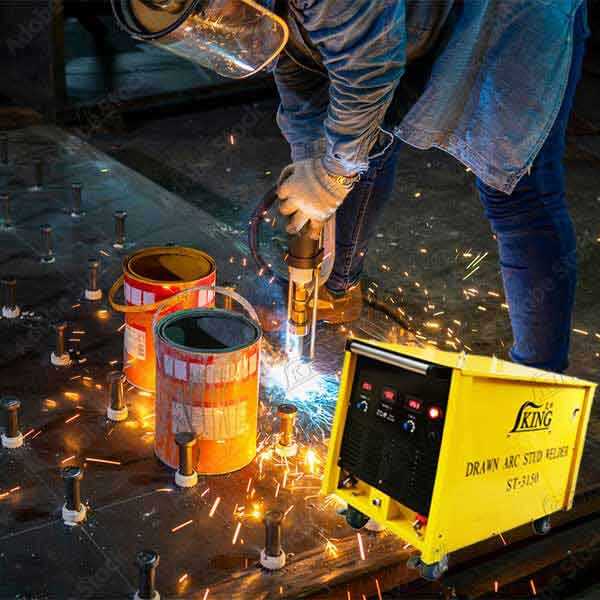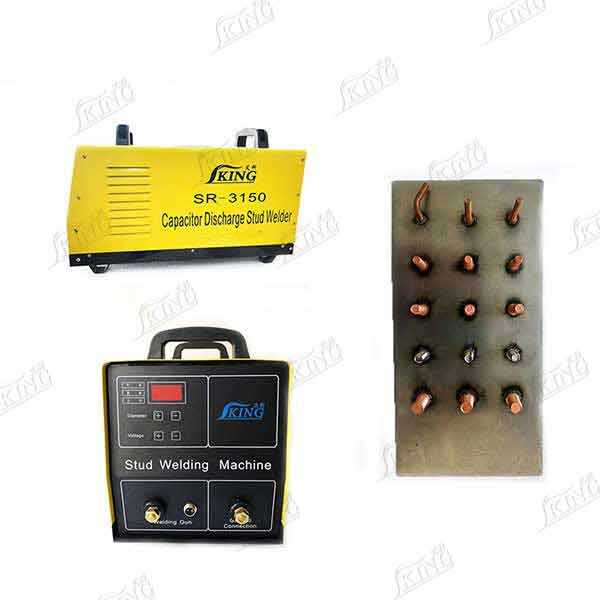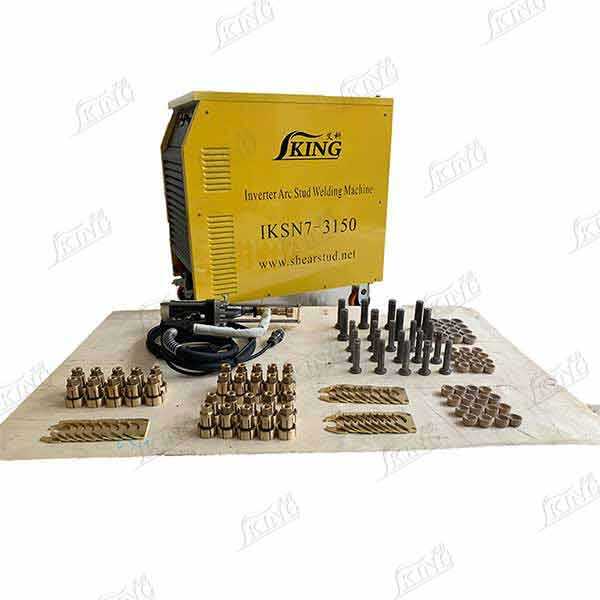shear connector stud welding
Shear connector stud welding is a sophisticated industrial process that plays a vital role in composite construction and structural engineering. This advanced welding technique involves the automated attachment of steel studs to metal surfaces, primarily steel beams or plates, creating robust mechanical connections that enhance structural integrity. The process utilizes drawn arc stud welding technology, where an electric arc creates a molten pool on the base material, and the stud is then rapidly inserted into this pool, forming a full-fusion weld upon cooling. These connectors serve as essential elements in composite structures, particularly in buildings and bridges, where they facilitate the crucial transfer of horizontal shear forces between steel beams and concrete slabs. The technology incorporates precise timing controls and automated mechanisms to ensure consistent weld quality and optimal bond strength. Modern shear connector stud welding systems feature advanced monitoring capabilities, allowing for real-time quality control and documentation of each weld. This process has become indispensable in contemporary construction, offering a reliable method for creating strong, durable connections that meet stringent engineering requirements and international building standards.


